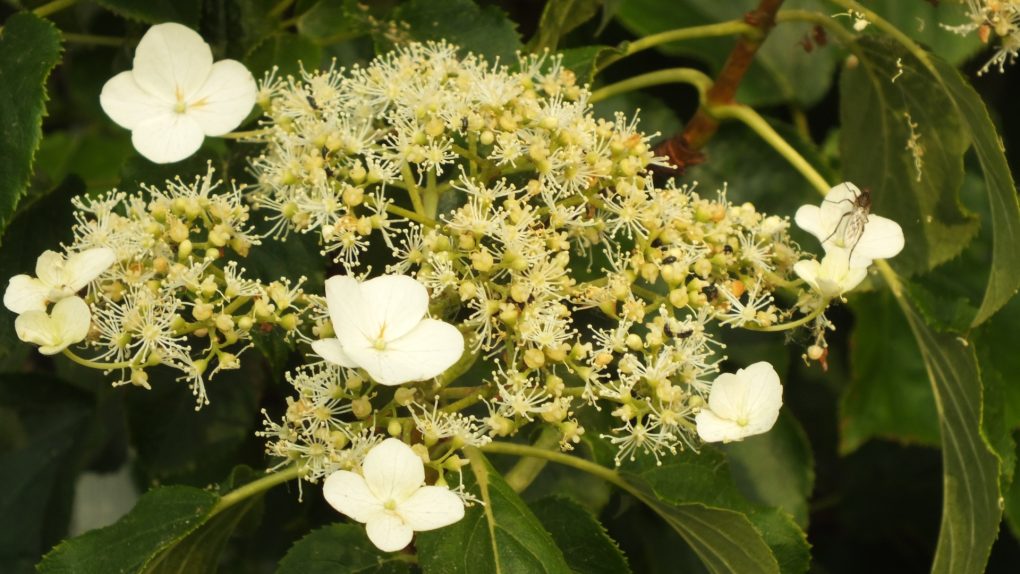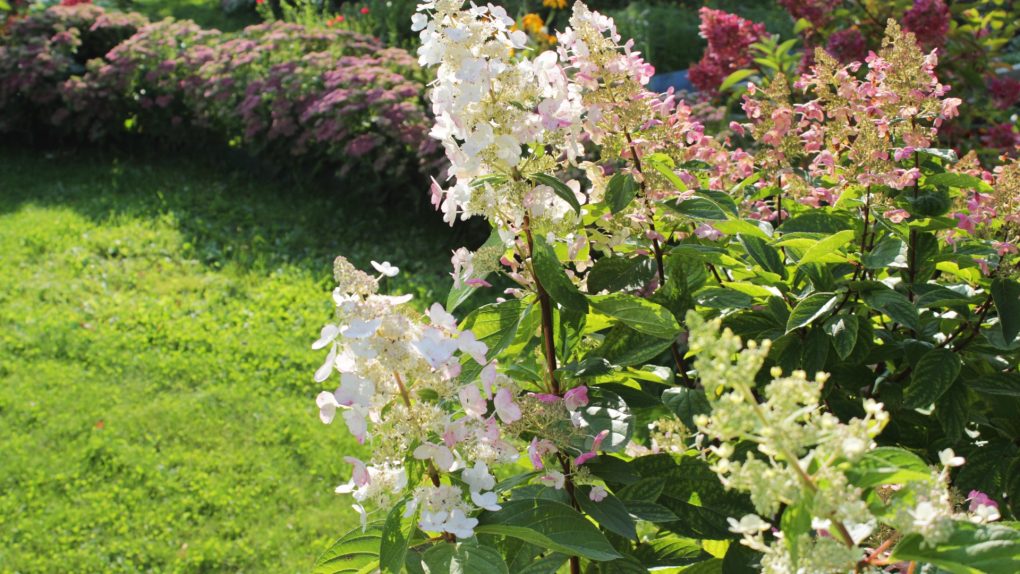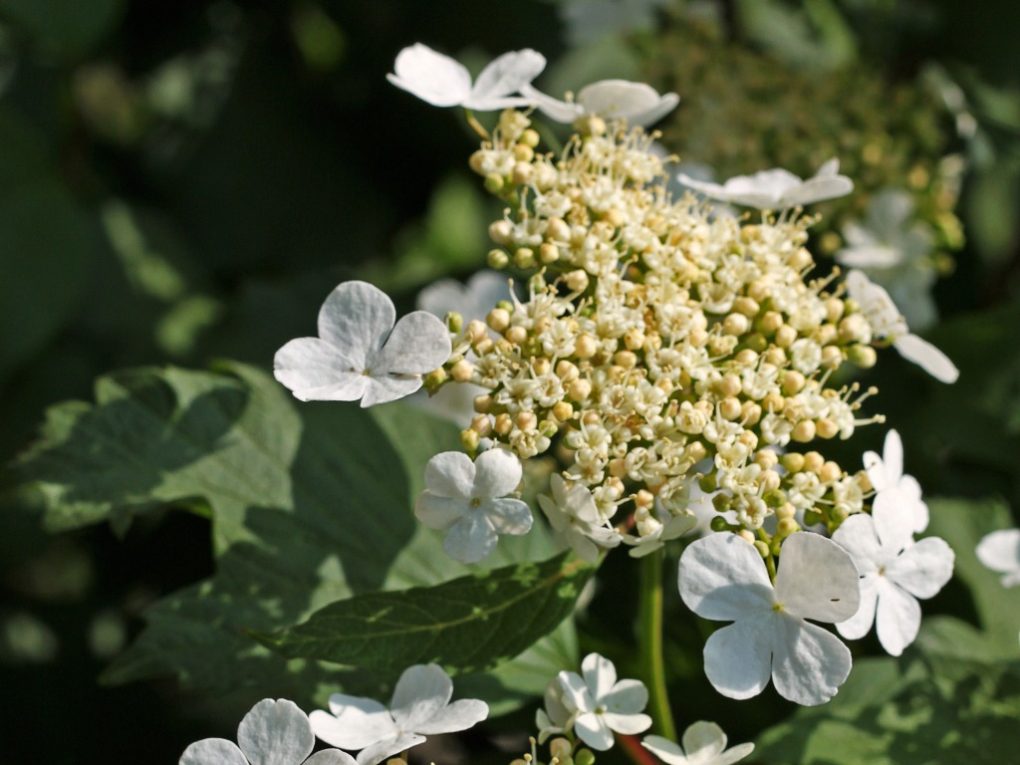Why Climbing Hydrangea is Not Blooming: Possible Causes and Solutions
Climbing hydrangea (Hydrangea anomala subsp. petiolaris) may not bloom due to immaturity, inadequate light, improper pruning, and insufficient nutrients. These plants often take several years to establish themselves and start producing flowers.

Ensure your climbing hydrangea receives partial to full sun exposure and avoid heavy pruning which can remove flower buds. Additionally, maintain proper soil nutrition with a balanced fertilizer, typically higher in phosphorus, to support healthy flowering. Making these adjustments can improve blooming in future seasons.
Table of Contents
Soil Factors
Climbing hydrangeas require well-draining soil that is rich in organic matter. The soil should also have a slightly acidic pH between 5.2 and 6.2. If the soil is too alkaline, the plant may struggle to absorb nutrients, leading to poor growth and a lack of blooms.
Soil pH
The soil’s pH level plays a crucial role in the health and growth of climbing hydrangeas. However, too acidic or alkaline soil can prevent the plant from absorbing essential nutrients, leading to stunted growth and a lack of blooms.
It’s important to test the soil pH level and adjust as needed regularly. In the case of alkaline soil, sulfur can be added to lower the pH. If the soil is over acidic, add lime to raise the pH level.
Soil Nutrients
It is essential that the soil be rich in organic matter and nutrients to support the growth and blooming of climbing hydrangeas. Adding compost or well-rotted manure to the soil can help improve its nutrient content and structure.
It’s important to avoid using high-nitrogen fertilizers, as they can encourage leaf and stem growth at the expense of blooms. Instead, use a balanced fertilizer that contains equal amounts of nitrogen, phosphorus, and potassium.
Additionally, climbing hydrangeas may benefit from adding bone meal or rock phosphate to the soil, as these can provide a source of phosphorus essential for flower development.

Pruning and Training
Climbing hydrangeas require minimal pruning but benefit from some training to keep them looking tidy and promote flowering. Here are some tips:
● Deadheading: If your climbing hydrangea doesn’t need pruning, remove old, wilted blooms to keep the plant tidy.
● Maintenance pruning: Cutting back hydrangea vines is best done immediately after flowering before new buds appear. It will encourage the plant to produce more flowers the following year.
● Training: Climbing hydrangeas can be trained to grow up trellises, walls, or other structures. Tie the vines to the support structure with soft twine or plant ties, careful not to damage the stems. As the plant grows, prune back any shoots that are not needed to maintain the desired shape.
It’s important to note that heavy pruning can delay or prevent flowering, so it’s best to avoid drastic cuts unless necessary. Additionally, avoid pruning in the fall or winter, as this can remove the buds that will produce flowers the following year.
With proper pruning and training, your climbing hydrangea can be a beautiful addition to your garden, producing masses of fragrant blooms year after year.
Pest and Disease
Climbing hydrangeas are generally healthy plants and not susceptible to many pests and diseases. However, they can still be affected by some common issues that may cause them not to bloom.

Powdery mildew is a fungal disease that can affect climbing hydrangeas. It appears as a white powdery substance on the leaves and stems. This disease is most likely to occur in warm and humid conditions. To prevent this disease, reducing humidity and increasing air circulation around the plant is important. Applying a fungicide when you notice the disease can also help control it. Neem oil is another option for treating powdery mildew.
Another common disease that can affect climbing hydrangeas is rust. Rust appears as orange or yellow spots on the leaves and stems. A fungus causes it and can spread quickly if not treated. It is important to keep the plant dry and avoid overhead watering to prevent rust. Applying a fungicide can also help control the disease.
One of the most common pests that can affect climbing hydrangeas is aphids. Insects like these feed on sap of plants and can lead to stunted growth and distorted leaves. Using insecticidal soap or neem oil can help you control aphids. Ladybugs and lacewings are also natural predators of aphids and can help control their population.
Another pest that can affect climbing hydrangeas is spider mites. These tiny pests feed on the plant’s sap and can cause yellowing leaves and stunted growth. To control spider mites, you can use insecticidal soap or neem oil. Keeping the plant well-watered and avoiding drought stress is also important, as spider mites are more likely to attack stressed plants.
